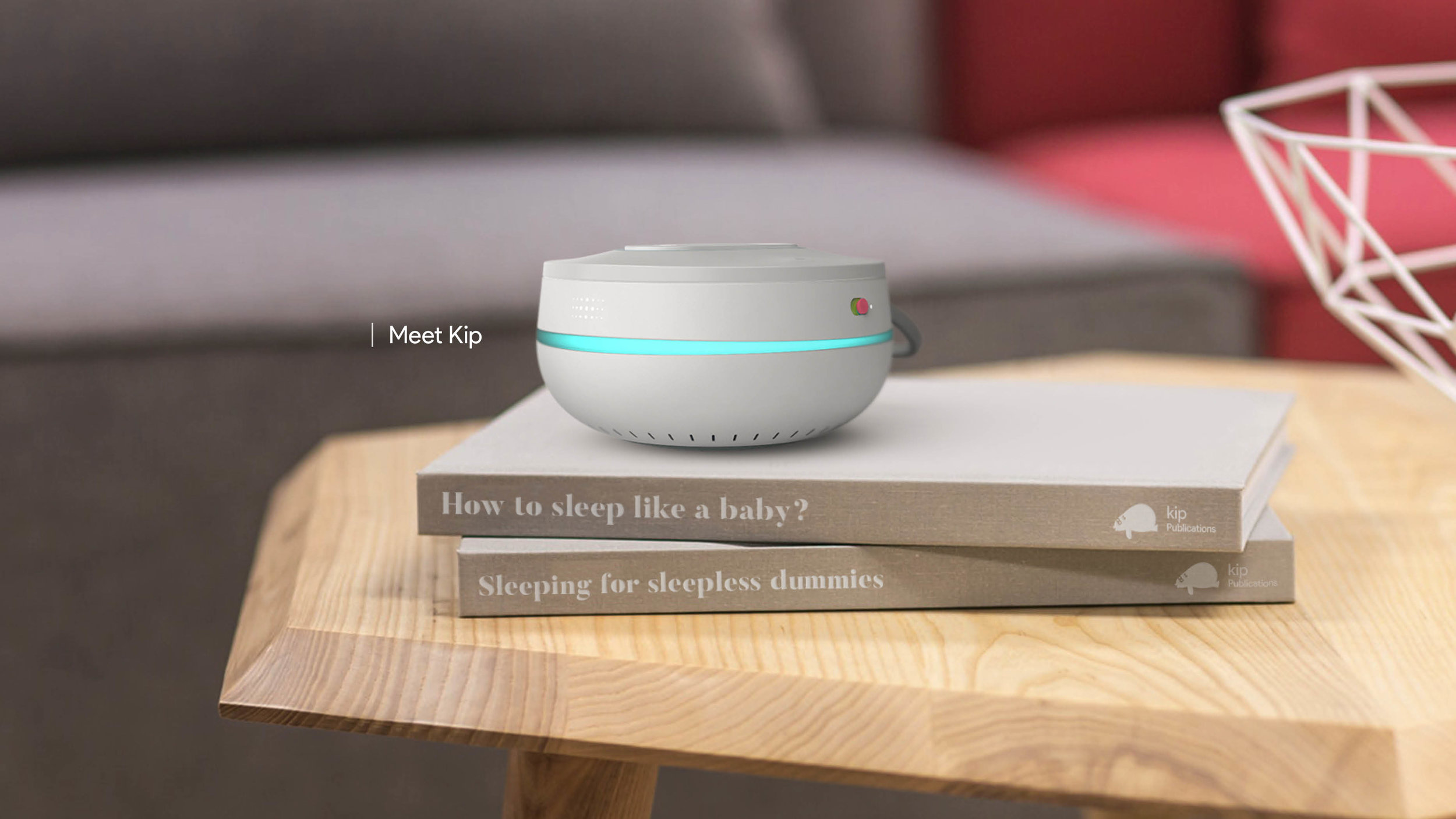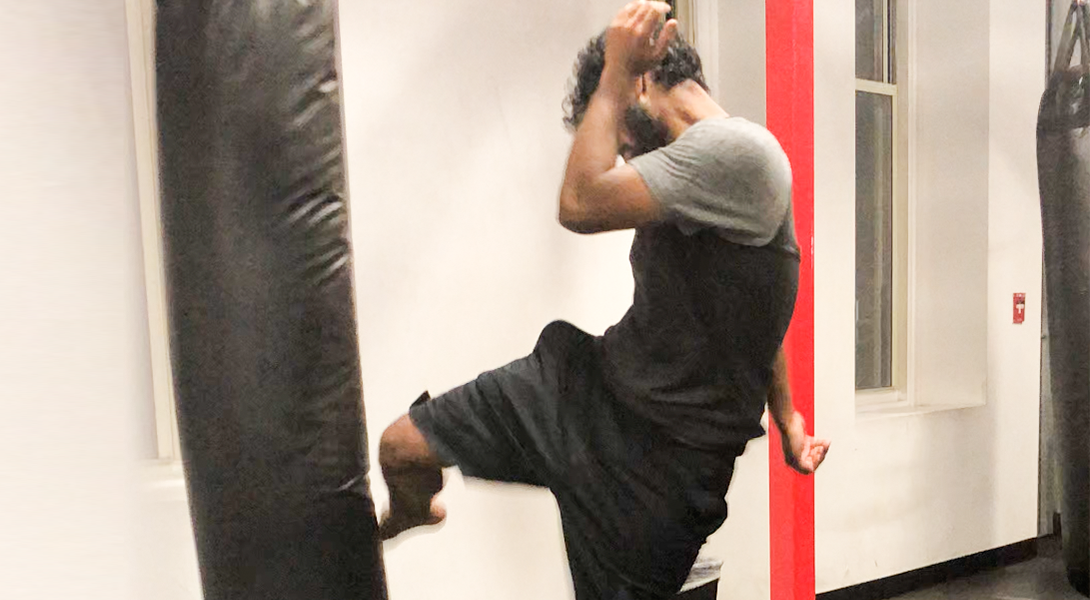Name: Aniket Warade
Hometown: Mumbai, India
Education: M.Des Industrial Design, ISD Rubika
Work Experience: ID Intern, Redgroup; ID Intern, Essential Design
_____
You just graduated with a Masters in Design. Congratulations! How did this prepare you for the role you have now?
Thank you! The program didn’t just teach principles of Industrial Design but put me in a position to acquire a diverse range of experiences. While studying, I worked with Harman International, Aeris, and HomeCentre to design products ranging from consumer electronics to medical devices, music systems, furniture, sportswear, and office supplies. I interned at Redgroup in Minneapolis, and in my last year, found my way to Essential in Boston, working as a Design intern before joining the team full-time. I collected a pool of different perspectives that I can tap into whenever solving complex challenges.
Tell us about your work at Essential.
I think I have one of the best roles at Essential. I have a knack for creating desirable user experiences, and the human-centered and multi-disciplinary nature of our work empowers me to deliver on this daily. In my work, I think critically about a product’s design elements, its usability, and how it might ease a user’s life. And while I work primarily with the Industrial Design team, I often collaborate with our Digital Experience and Research teams, acting as a bridge between disciplines to create holistic solutions and product experiences. This partnership lets me take on new perspectives, learn new things, and contribute to a wide range of projects.
What is your Design philosophy? How do you work and think about your work?
I believe that every product should help enrich people’s lives. It is important to me to design products that people use every day, and that don’t end up in drawers after just a few uses. It’s tricky to create a product that is both functional and enjoyable, providing a sense of delight with every use, but this is exactly the type of challenge that excites me at work. The Design process enables us to understand a problem from many different perspectives and to articulate a broad range of possible solutions. It’s by exploring these solutions through the lens of the user that we’re able to identify the most relevant ones.

Meet Kip, a concept project Aniket worked on during is graduate studies. Kip is a smart home system to help you transition to sleep through sound, light and climate control.
What are the biggest emerging tech trends influencing your work right now?
With environmental awareness on the rise, many organizations that were slow to adopt sustainability practices are now finding it much more difficult to ignore. The use of repurposed materials is growing, encouraging intelligent Design and manufacturing. Using less but stronger materials to produce competitive products, enabling better support for old technologies, and creating reusable parts are practices that I try to bring into my designs. Thinking about products not just for their lives but also for their afterlives encourages me to create systems that incentivize consumers and organizations to recycle, reuse, and repurpose. I also feel like we’re going to see a huge shift in the way products are packaged, using materials that have faster recycling turnaround times.
Our parent company PA Consulting has done a lot of work in sustainability and sees Product Design as one of many ways to create value in this space. I’m excited that Essential is becoming even more involved in sustainable innovation and am looking forward to jumping into projects where I can create new products that reduce environmental impact.
You’re originally from India, went to a French accredited Design school, and now live and work in the United States. Have you noticed any significant differences between these Design worlds?
I’ve learned that, as Designers, we have a very tight yet global community. And while this sense of community isn’t bound by geographic borders, culture can definitely influence how (and what) we design. Generally speaking, French Design is driven by craftsmanship and aesthetics, American Design is more utility and market-driven, and Indian Design leads with experimentalism and sustainability. All three cultures value these things, but they prioritize them differently.
The wonderful thing about Design is that it promotes the inclusivity of people from different cultures and locations, which allows for a blend of perspectives. While different things drive them, all three design cultures borrow and learn from each other. This only makes ideas more meaningful, purposeful, and beautiful. And as the world becomes more connected, and cultures continue to converge, I see design practices and outcomes becoming less local and more global.
What might people not know about you?
If I weren’t working in Design, I would probably have a career in medicine. Growing up in a family full of doctors, I was familiar with the world of science, so I studied biology at university. I was on track for a career in medicine when I started to become quite fascinated by the physical world around me - how products looked and worked the way they did. This kicked off my love for Design, and before I knew it, I went from a room full of doctors to a room full of designers.
How do you “unplug”?
I kickbox regularly as a way to challenge myself and destress. It’s also incredibly fun to hit the hell out of a punching bag, or even jump in the ring to spar with someone! Similarly, I love cooking because of the clarity it brings me. It’s my form of meditation.

Aniket kickboxes regularly as a way to challenge himself and destress.
Interested in Industrial Design at Essential?



